The specifications for the four RF lenses launching next week with the Canon EOS R have leaked.
Canon RF 28-70mm f/2L USM
- Lens composition: 13 groups 19 elements
- Minimum focus distance: 39cm (15.35 inches)
- Filter diameter: 95mm
- Size: 103.8mm (4.08 inches) × 139.8mm (5.5 inches)
- Weight: 1430g (3.15lbs)
Canon RF 50mm f/1.2L USM
- Lens construction: 9 groups of 15 elements
- Minimum focus distance: 40cm (15.74 inches)
- Filter diameter: 77mm
- Size: 89.8mm (3.53 inches) x 108.0mm (4.25 inches)
- Weight: 950g (2.09lbs)
Canon RF 35mm f/1.8 IS STM Macro
- Lens construction: 9 groups 9 elements
- Minimum focus distance: 17cm (6.69 inches)
- Filter diameter: 52mm
- Size: 74.4mm (2.92 inches) × 62.8mm (2.47 inches)
- Weight: 305g (0.67lbs)
Canon RF 24-105mm f/4L IS USM
- Lens construction: 14 groups 18 elements
- Minimum focus distance: 45cm (17.71 inches)
- Filter diameter: 77mm
- Size: 83.5mm (3.28 inches) × 107.3mm (4.22 inches)
- Weight: 700g (1.54lbs)
Some of our articles may include affiliate links. If you purchase through these links, we may earn an affiliate commission at no extra cost to you.

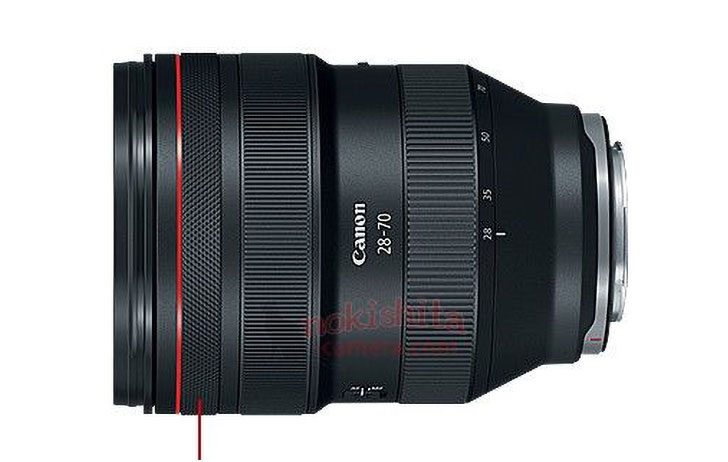
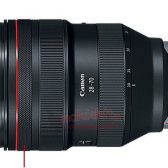
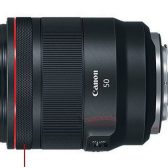
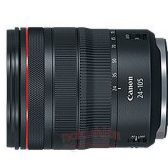
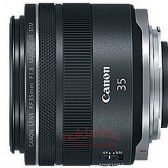
I understand mirrorless may offer some other benefits over DSLR, but DSLR offers some benefits of [edit: over] mirrorless too (depending on what features you value, eg I am yet to see an EVF I like as much as an OVF although I realise others prefer EVF).
I will be interested to hear more about the EOS R and the RF lenses as information becomes available, but at this point personally I'm not feeling a likely buyer for the EOS R (at least any time soon).
It's definitely a "look what we can do" lens. Nikon is making one, too bad it's MF.
Sigma 105 1.4 is 1.6kg 3.62lb.
Canon 70-200 2.8 II 1.49 3.29 lb
The EF 50 1.2 only weighs 580g!
That's where I'm at. That's also why I was hoping Canon would go EF mount. But...I don't know if the R mount is what enabled the 28-70 f/2L.
EVF gives you exposure preview and always available (not camera held out 'live view') AI AF options like eye AF. DSLR gives you a superior VF in many ways and faster non-AI AF acquisition / tracking. The best MILC AF systems are now pretty quick and good, but still not as fast and sure as off-mirror PDAF. (The Nikon Z tracking test at DPR was poor by top of the line DSLR standards.)
The other differences are not inherent to mirror/no mirror. They just are because that's what engineers chose. Size/weight savings appear to be a myth for FF mirrorless (not going to nitpick a few ounces or mm's here) but real for APS-C mirrorless.
Whether or not I buy an R will depend entirely on video specs and price. It would not become my primary camera, and I kinda doubt I would buy dedicated R lenses right now (cool though the 28-70 f/2L may be).
The EF 50mm f/1.2L USM also weighs 580g
The 35mm IS has MFD of 24cm
I'm wondering if this RF 50 f/1.2L will have FLE
The weight saving idea went out the window.
The lens might need to be that big to be f/2, but it kind of misses the mark for the first go round of releases.
A compact f/2.8 might have been more appropriate.